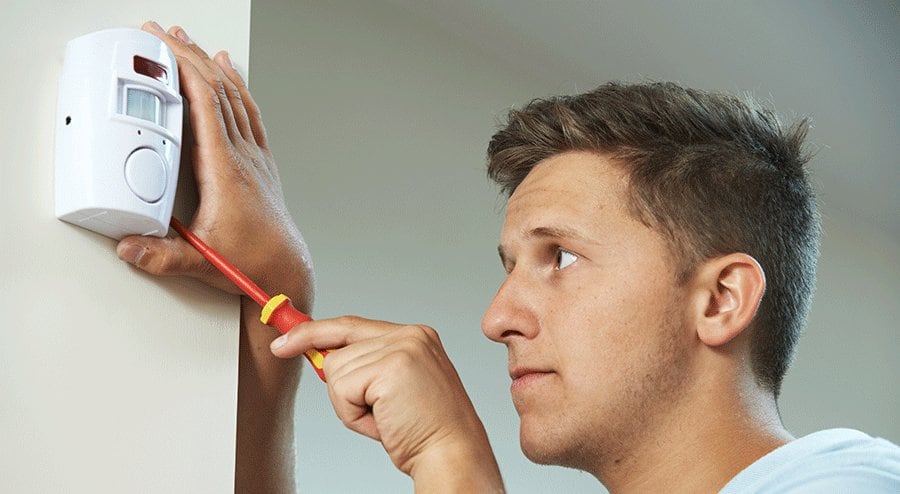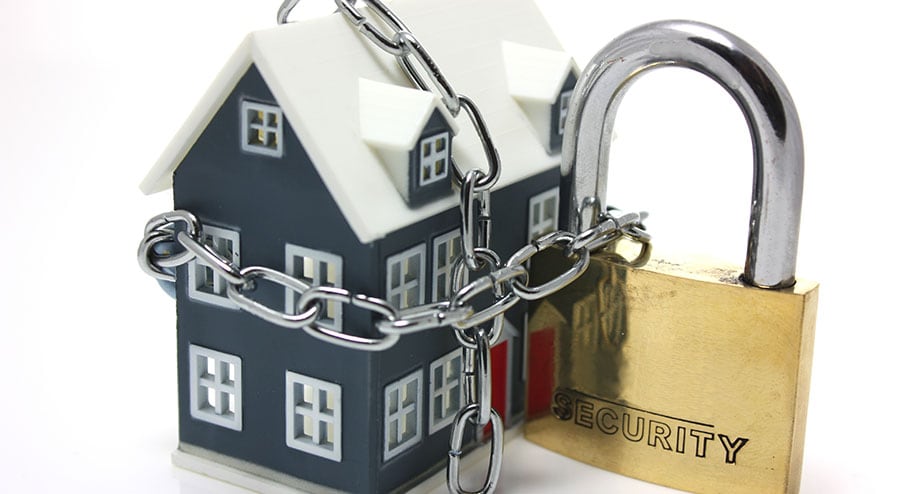Remaining safe is typically the number one priority for all families. Keeping family members safe largely involves keeping the home secure. There are around 2.2 million reported burglaries in the U.S. each year, according to the FBI.
In addition to covering up the security camera, there are other ways an outsider can gain entry into your home. Understanding all the risks and taking preventative measures is key to reducing the risk of something happening to the home and loved ones.
Security Risks Around the Home
Simply keeping windows and doors locked will not deter an unwanted visitor from gaining entry into the house. Many factors go into securing the home from the outside. Professional burglars know what they are looking for when finding a house to break into.
One of the biggest ways someone can protect their home is by installing an alarm system. Various kinds of alarms on the market have different features. In general, alarm systems will alert the emergency authorities and homeowners of any detected threats.
The alarm will sound at the home, most likely causing the intruder to run away as far as possible. Alert systems nowadays can be connected to smartphones so that the homeowners have complete control of the system wherever they are.
Does your security system have any noticeable wiring? Burglars can use this to their advantage and disable your alarm system/cameras. These wires can easily be cut and no alerts from that particular system will be sent out. Any cameras will cut out and will not record the burglar.
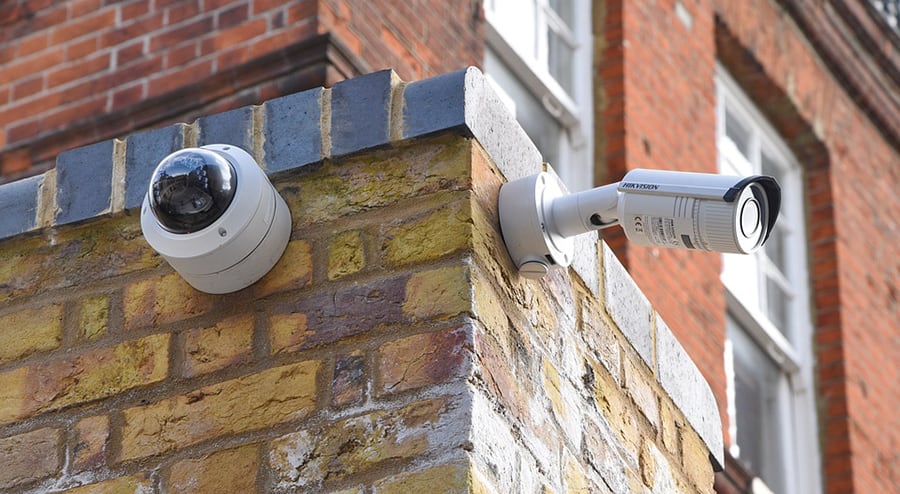
It is important to effectively conceal any visible wires pertaining to the alarm system. This can be done in a variety of ways. The simplest method is to camouflage the wires so they blend in with surrounding area. Make sure to staple the wire in the corners of the house to maximize effectiveness.
To eliminate this issue altogether, purchasing a wireless camera may be worth the larger price tag. Some homeowners will install fake cameras as a warning.
The attempted burglar will see the camera and hopefully leave the premises. Fake cameras are cheaper and can be beneficial in deterring criminals. Some businesses utilize this method as well.
Professional burglars will survey a neighborhood over a period of time to figure out when a home will be unoccupied or the family is away on vacation. Unless there are people noticeably occupying the home while the homeowners are on vacation, the home is a target.
Purchase automatic timers for the house lights. Timing some lights to come on at night will give the house the appearance of being occupied. Businesses keep lights on at night to deter break-ins as well.
Installing lighting around the outside of the home is also beneficial. The last thing a burglar wants is to be seen. If they are seen that means they will either be physically caught by someone or a description of their appearance can be given to police.
Illuminating the front walkway, front porch, driveway, and back porch will not allow the person to sneak around. Motion sensor lights are a great idea for startling the burglar and cause them to run away.
It is common to place a spare key underneath a doormat, under a rock, under a potted plant, or in the mailbox. These are easily accessible hiding spots and are well known to everyone as a majority of family utilize them. The best solution is to make copies of the house key and distribute them among trusted family members.
If a spare key must be hidden, get creative and hide it in an unconventional spot away from the front porch. Mailboxes are another security risk that some homeowners may not think about.
Mailboxes should not contain full names. This is to keep a potential burglar from finding out too much of the family. A first initial and last name will suffice if the homeowner wants a name on the mailbox.
Security Risks in the Home
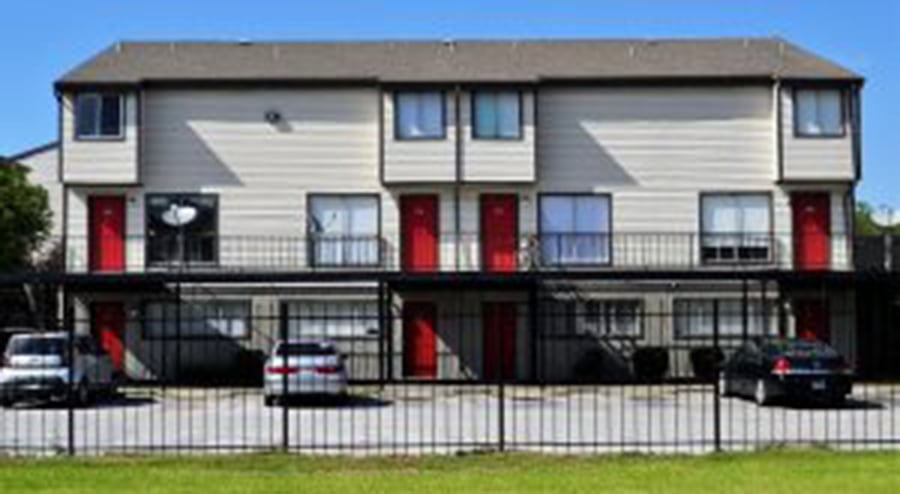
Windows are a common way for burglars to gain entry into a home. Having child-proof windows that only open to a certain point will not allow a burglar to climb through.
There is also burglar-resistant glass on the market. The burglar-resistant glass is made a few different ways. The most common is tempered glass which is more durable than regular glass.
This makes it harder to break, but not impossible. This is one of the cheaper options. Laminated glass, or safety glass, typically contains a layer of vinyl between two layers of regular glass.
Laminated glass does not break easily. Someone would need to repeatedly strike the exact same spot multiple times for it to break.
This will create a lot of noise, drawing attention to the burglar and likely prompting calls to emergency services. Other types of windows include plexiglass and polycarbonate. Plexiglas is a type of acrylic plastic window. It contains the same thickness as regular windows glass but is around ten times stronger.
On the other hand, polycarbonate has an impact resistance that is 250 times stronger than safety glass and much stronger than plexiglass. However, polycarbonate is more expensive.
Other ways to keep burglars from entering through windows is to not have one giant pane, but small windows of panes that are separated by a different material.
Extra security locks can be purchased at the hardware store as well and installed onto the windows. Window alarms and window sensors can also be great investments. A window sensor alarm will make an audible sound to alert the household when a window is opened or broken.
This will scare a burglar and make them run. Other sensors allow the homeowner to monitor the window by remote if they wish to leave it open throughout the night. Other window alarm sensors contain infrared motion detection to alert of movement outside of a window before it is opened or broken.
Updating the locks on the front and back door will help secure the home. All exterior doors should have deadbolt locks that are at least one inch thick. Spring latch locks are also beneficial.
However, they are not as strong and durable as deadbolts. Any sliding glass doors (and any sliding windows) should have a metal bar put across the sliding track.
This prevents the door (or window) from being forcibly opened. For extra protection, check that all doors have interior hinges so that someone cannot undo them. Hinges can be easily removed if they are on the exterior and then placed on the inside.
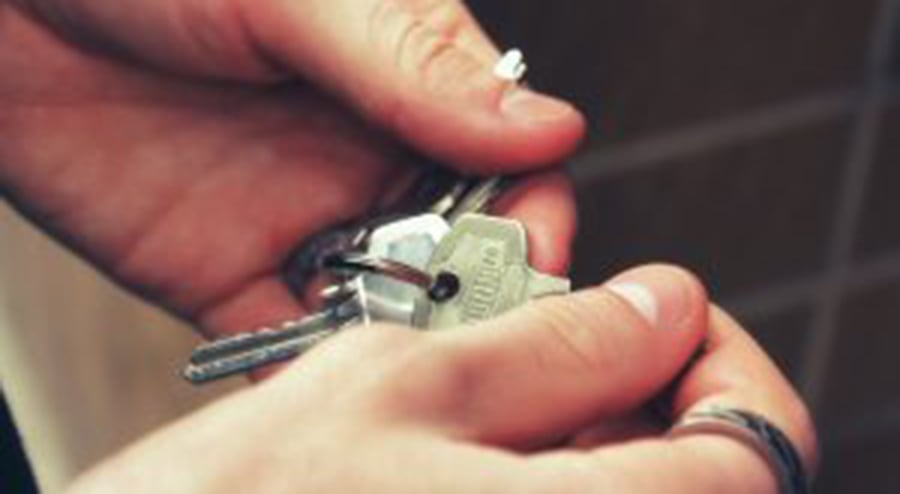
Many homeowners will not put a ladder back into the garage or shed after use. If a ladder is leaning against the garage or behind the house, a burglar can use that to get on the second floor where windows are not always locked.
Make sure to always put the ladder back and lock up the shed or garage afterward. Tall shrubs, bushes, hedges, and trees can provide the perfect hiding spot for burglars.
They can hide in them to find the opportune moment to get into the house, even in broad daylight. It may be a good idea to consider creating a different landscape.
Any type of delivery person, salesperson, or other strangers should not be given the right to enter the home. Ask to see credentials first and even go as far as to ask for their boss’s number. Any stranger that asks to use a telephone should remain on the porch while the homeowner makes the call.
Some criminals pose as someone else in order to gain entry into the home. They usually will not burglarize the home at first but will make a mental note of any valuables, the layout of the home, and where security monitors are. They will typically return when no one is home and break in using the information they gathered.
Security Risks Around the Garage
Whether the garage is attached or detached from the home, burglars will find a way to get in. Garages house expensive equipment and are an entry point into the home. Garage remotes should be kept with the homeowner at all times to avoid it falling into the wrong hands.
If the garage remote is lost, there are instructions from the manufacturer on how to disable the remote. If the garage is attached to the home, it may be a good idea to deadbolt the door leading into the home. Some homeowners may find it tedious to have to use a key to open the garage door.However, it will stop burglars who have accessed the garage from getting into the house. As previously mentioned, the garage door hinges should be on the interior. This way a burglar cannot find a screwdriver in the garage and undo the door from its hinges.
A burglar can easily look into the garage to see what is inside if there are windows. A good way to deter a potential burglar is to frost or cover the windows. Replacing the garage door with one that has no windows is also an option, although it is more expensive to do so.
Sources
- https://www2.fbi.gov/ucr/cius2009/offenses/property_crime/burglary.html
- https://staysafe.org/important-home-security-tips-to-keep-home-and-family-secu
- https://www.fbfs.com/learning-center/tips-to-keep-your-home-and-family-safe
- https://www.consumerreports.org/cro/news/2014/…ways…home…secure/index.htm
- https://childhood101.com/35-ways-to-keep-your-home-safe/
- https://www.safewise.com/blog/10-simple-ways-to-secure-your-new-home/



